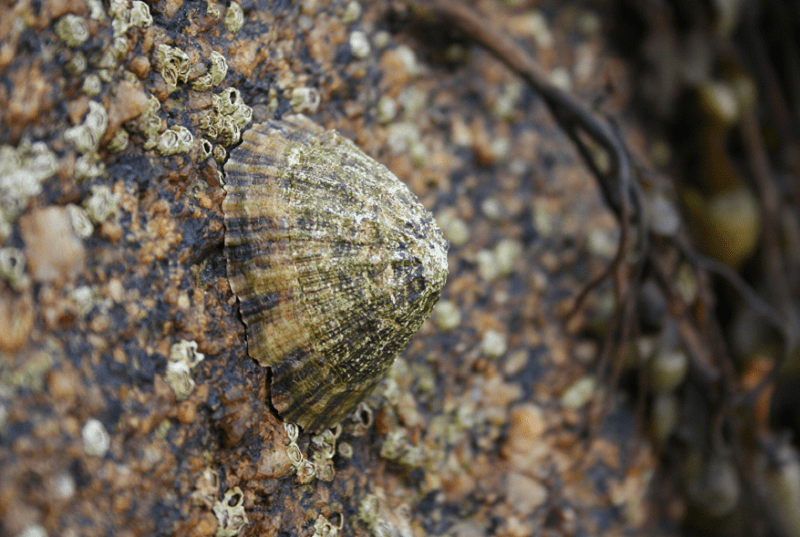Limpet Facts
- The Limpet represents a rather extensive order of aquatic snail. A few species dwell in freshwater, but the majority evolved as ocean-dwelling. The name Limpet is often erroneously assigned to other gastropods.
- Fascinatingly, in many species of Limpet, all young are born male, and a percentage change their sex to female upon reaching a certain size.
- This gastropod possesses a shell that is roughly conical in construction. Unlike the related Barnacle, the various types remain capable of free motion and do not permanently attach to one location.
- All known varieties remain capable, however, of clinging to a given location via their powerful limb.
- So powerful is this grip, it is often difficult to forcibly remove a Limpet from its location without causing serious injury or death.
- We have tried. It is hard and not worth the effort.
Limpet Physical Characteristics
The various types of Limpet vary in appearance, yet some general similarities remain. Most species rarely exceed a shell diameter of more than 3 in (7.5 cm).
The shell typically displays a rather conical shape, and colors usually include various shades of green, gray, and white.
As a marine creature, it possesses gills as well. However, some species have also evolved the ability to breathe air.
In fact, the creature’s teeth possess the highest tensile strength of any known biological substance. It even ranks higher than spider silk which is due to the presence of naturally occurring geothite nanofibers.
- Kingdom: Animalia
- Phylum: Mollusca
- Class: Gastropoda
- Order: Archaeogastropoda
Limpet Distribution, Habitat, and Ecology
The rather remarkable Limpet generally resides within the intertidal zone in most oceans where it clings to hard surfaces.
Although the order resides in nearly all areas of the oceans, it appears to be especially common in the coastal waters of North America and Europe.
In addition to its powerful foot, it also secretes a powerful adhesive mucus, to assist in attaching itself to its chosen surface.
Most varieties feed primarily as herbivores, yet some varieties also feed on barnacles.
The tendency of many types to be born male and some change to female later represents a rather surprisingly common trait among marine creatures.
Check out our articles on Ocean Quahog, Barnacle, Armored Snail

